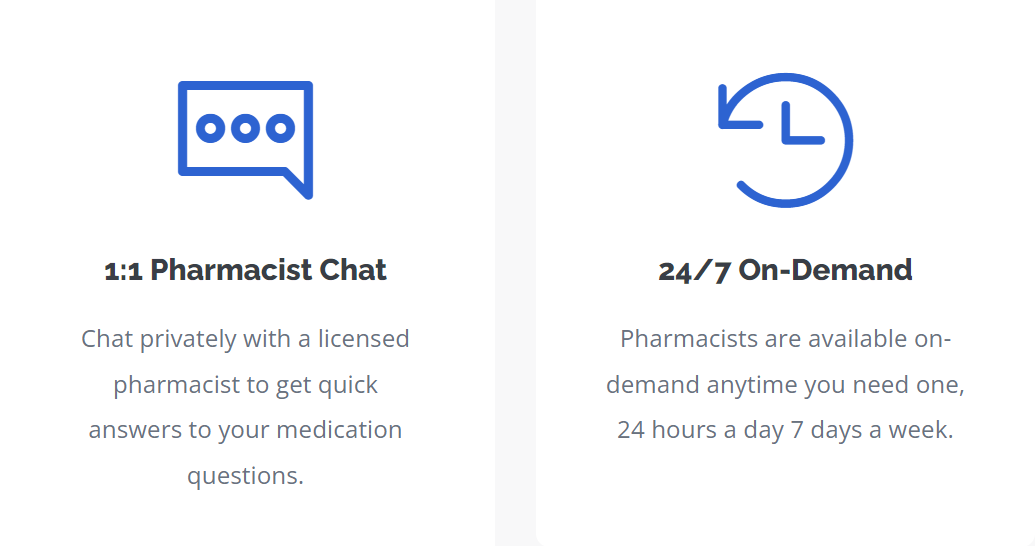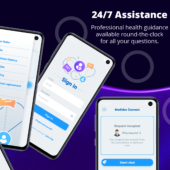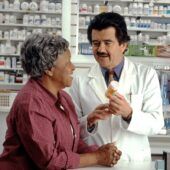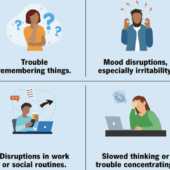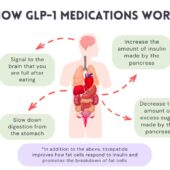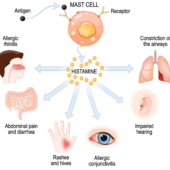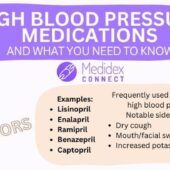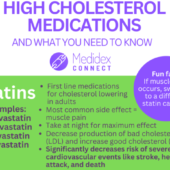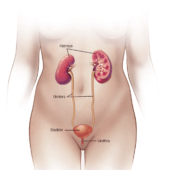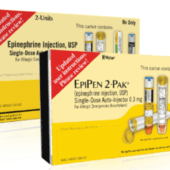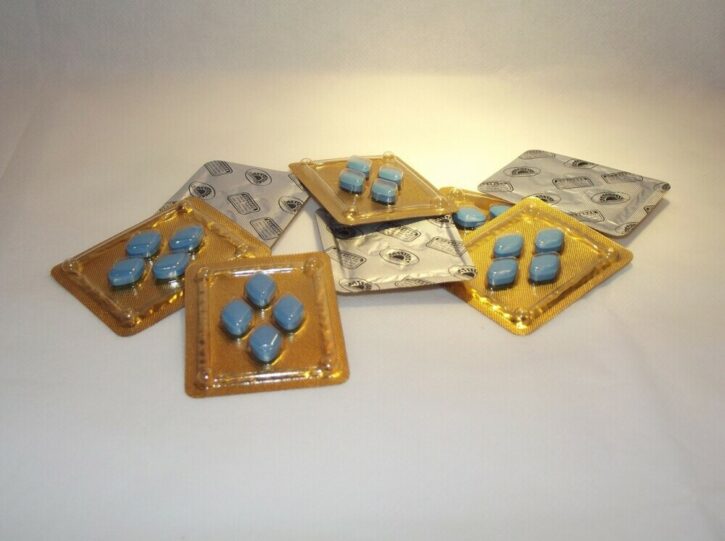Encouraging consumers to speak with pharmacists more often can potentially save the US healthcare system a significant amount of money. Here’s a summary of how and why this is the case, based on scientific literature and objective analysis:
Ask A Pharmacist to Save Money and Stay Healthier
Speaking with a pharmacist more regularly has been shown to have the following benefits:
- Reduction in Medication Errors:
- Medication errors lead to adverse drug events (ADEs), which are costly to manage. Pharmacists play a crucial role in preventing these errors through proper medication reconciliation and patient education. According to a study published in Health Affairs, ADEs contribute to over $3.5 billion annually in healthcare costs in the US.
- Improved Medication Adherence:
- Poor medication adherence results in increased hospitalizations and healthcare costs. A study in the Journal of Managed Care & Specialty Pharmacy found that improved medication adherence through pharmacist interventions can reduce overall healthcare costs by approximately $1,200 to $8,000 per patient annually for chronic conditions like diabetes and hypertension.
- Prevention of Hospital Readmissions:
- Pharmacist-led medication management programs, especially during transitions of care (e.g., from hospital to home), significantly reduce hospital readmissions. According to the Journal of the American Medical Association (JAMA), these interventions can save the healthcare system up to $1,200 per patient by preventing readmissions within 30 days of discharge.
- Management of Chronic Diseases:
- Pharmacists are instrumental in managing chronic diseases, such as diabetes, asthma, and cardiovascular conditions. By optimizing medication therapy and providing lifestyle counseling, pharmacists help prevent costly complications. A study in Health Affairs noted that pharmacist intervention programs for chronic disease management could save $1,000 to $3,000 per patient annually.
- Reduction in Unnecessary Doctor Visits:
- Pharmacists can address minor ailments and provide over-the-counter medication advice, which can reduce unnecessary visits to primary care providers or emergency rooms. This approach has been shown to save $800 to $1,500 per patient per year in some healthcare systems.
Aggregate Savings Estimate from Speaking to Pharmacists More Often
Combining these various factors, it’s reasonable to estimate that enhanced pharmacist-patient interactions could potentially save the US healthcare system billions of dollars annually. For a more precise figure:
- Medication Error Prevention: Potential savings of $3.5 billion annually.
- Improved Medication Adherence: Savings of $1,200 to $8,000 per patient annually, potentially amounting to tens of billions if scaled across millions of patients.
- Prevention of Hospital Readmissions: Savings of up to $1,200 per patient, significant when considering the high rate of readmissions.
- Chronic Disease Management: Savings of $1,000 to $3,000 per patient annually.
- Reduction in Doctor Visits: Savings of $800 to $1,500 per patient annually.
Conclusion
The total potential savings could very realistically reach tens of billions of dollars each year, depending on the scale and effectiveness of pharmacist interventions across the population. This demonstrates the substantial economic value of integrating pharmacists more fully into the healthcare delivery model in the US.
Medidex Connect is doing just that by enabling consumers to directly talk to pharmacists 24/7 online from the comfort of their homes. Try it today to start saving money and staying healthy!
References:
- Institute of Medicine (US). Preventing Medication Errors. Washington (DC): National Academies Press (US); 2007.
- Sokol MC, McGuigan KA, Verbrugge RR, Epstein RS. “Impact of Medication Adherence on Hospitalization Risk and Healthcare Cost.” Med Care. 2005;43(6):521-530.
- Jack BW, Chetty VK, Anthony D, et al. “A Reengineered Hospital Discharge Program to Decrease Rehospitalization.” Ann Intern Med. 2009;150(3):178-187.
- Smith M, Bates DW, Bodenheimer TS, Cleary PD. “Why Pharmacists Belong in the Medical Home.” Health Aff (Millwood). 2010;29(5):906-913.
- Tsuyuki RT, Al Hamarneh YN, Jones CA, Hemmelgarn BR. “The Effectiveness of Pharmacist Interventions on Cardiovascular Risk: The Multicenter Randomized Controlled RxEACH Trial.” J Am Coll Cardiol. 2016;67(24):2846-2854.
Disclaimer: This website does not provide medical advice. No content on this site is intended to be a substitute for professional medical advice, diagnosis, or treatment. All content on this site is for educational and informational purposes only, does not constitute medical advice, and does not establish any kind of patient-provider or client-professional relationship by your use of this website. Although we strive to strictly provide accurate and up to date general information, content available on this site is not a substitute for professional medical advice, and you should not rely solely on the information provided here. Always seek the advice of your physician or other qualified healthcare provider with any questions you may have regarding medical conditions, treatments, or medications.




